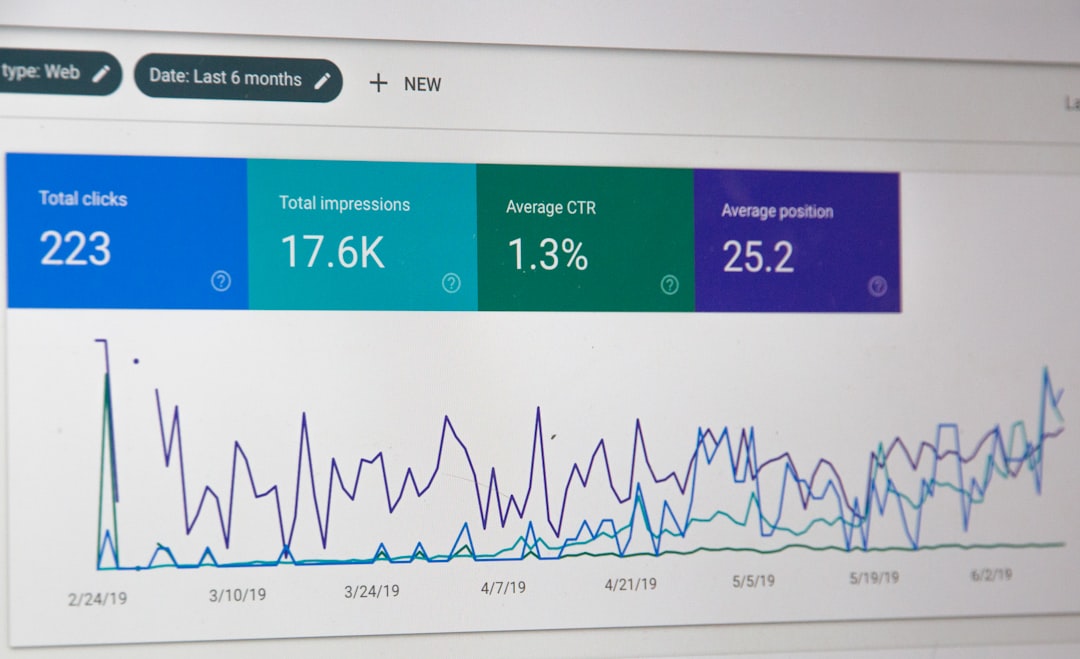What is it about?
In this article, the author will try to find an answer to the following questions: How can unique features of blockchain technology be implemented and ultimately manifested in illustrative examples? How can they help the government become more transparent and efficient, and what processes, procedures and services in e-government can truly automate along the way?
Featured Image

Photo by Markus Spiske on Unsplash
Why is it important?
The emergence of the blockchain phenomenon affects various aspects of human life. Public sector reforms are also influenced by this trend. E-government leaders around the world are tentatively beginning to grasp the potential of blockchain and other distributed ledger technologies, especially with regard to their promise to provide more decentralized information management solutions in government and make public digital platforms more transparent and efficient. Software developers around the world have come up with a range of digital solutions to accelerate these reforms. Given the multidimensional nature of e-government, it is interesting to understand in which areas blockchain has the potential to promote innovation, what processes and procedures can be automated using blockchain technology, and what illustrative examples of government efficiency can be observed in this area.
Perspectives
Blockchain provides more decentralized systems for public information management. Public information processes could be automated through blockchain in e-government. Blockchain allows automating e-healthcare, e-migration, e-city and e-army systems. Regulatory issues and risk of information leaks are key challenges for automation.
Dr Maxat Kassen
Astana IT University
Read the Original
This page is a summary of: Blockchain and e-government innovation: Automation of public information processes, Information Systems, January 2022, Elsevier,
DOI: 10.1016/j.is.2021.101862.
You can read the full text:
Contributors
The following have contributed to this page










